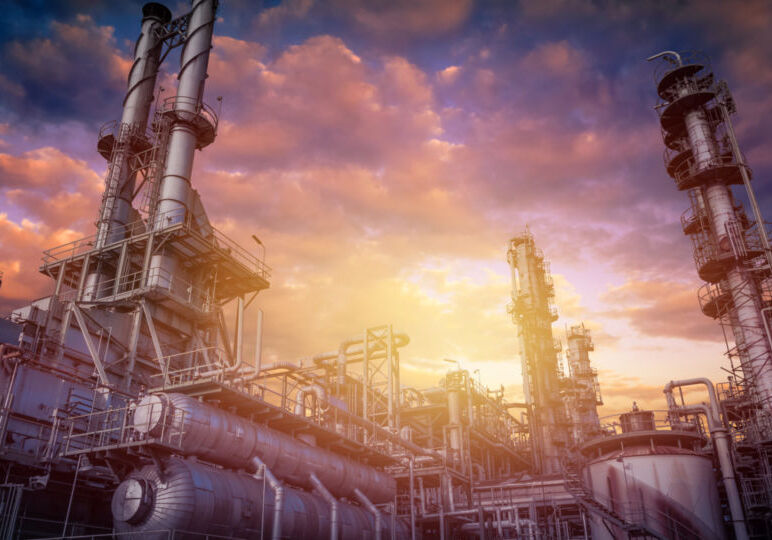Long term trends of transportation fuel: Exclusive insights from Argus Media

The future is something we all think about. And for 97% of the downstream community, it features petchems in some form. A recent poll of professionals across the Asian Downstream Insights community revealed that this huge majority believe that petchems will play a part in the future of their industry.
For Yu Kin Yeo, Senior VP, Consulting – Asia & Middle East, at Argus Media, petrochemicals are the most important currency in a dynamic energy economy. He shares with Asian Downstream Insights his views on a post-pandemic petchem future, regional recovery, and long-term outlook on a changing market.
Post-pandemic petroleum market
“No-one is expecting that COVID is going to have a short-lived impact”, states Yeo firmly. “Things will happen very fast, data gets out of date very fast”.
In this volatile market, “it’s becoming increasingly clear that petroleum demand will suffer very severe impact”. Yeo describes an unprecedented decline, driven by market uncertainty and restrictions on travel.
International lockdowns have put the brakes on transport fuel demand across key consumer countries, although Yeo notes that in China – where the pandemic first hit – and India, where economic needs for domestic travel have outweighed lockdown restrictions, gasoline demand has already returned to pre-COVID levels. Driving activity – in Asia Pacific at least – has seen signs of recovery, but gasoline crack spread remains weak.
This is not the case for jet fuel, which relies on “international travel between countries with similar success rates”. As Yeo warns, “this will take some time”.
Resetting the crude supply chain will be a delicate juggling act, depending on a series of “optimistic scenarios”, including the global recovery of COVID-19 and the rebound of GDP growth. But with those key assumptions in place, Yeo and Argus project that the global supply and demand chain for crude could start to rebalance by the end of this year.
Call to climate action
The call to climate action is gathering pace. Yeo points to a list of 29 countries which have announced net-zero CO2 or GHG emissions by 2050. Eight of these have implemented this as part of national legislation.
This will have high implications on the transportation sector, and the transportation fuel supply chain. One major factor driving change across the market is the rapid development of electric vehicles – a sector expected to surge to US $802.81 billion in value by 2027. Yet as this market rises, we can expect global gasoline and diesel demand to fall.
“[So far], EV has not really made a dent in light transportation fuel” Yeo observes. “But that will change in 2020’s and definitely by 2030 EV will become the dominant new vehicles that you see on the road”. While research by Argus Media shows that North America is leading the race in the conversion to alternative vehicles, followed by Western Europe then APAC, it is China – where EV is expected to account for 40% of total car sales over the next decade – that is expected to lead the “slash” of global oil demand by 70% in the same period, according to think tank, Carbon Tracker.
Looking forward long-term
In the medium term, modest growth is coming, but so is peak demand. Yeo predicts that global demand for oil will start to decline beyond 2030.
Different regions will develop at different rates. In north and central Europe and North America, peak is expected in early 2020s, whereas in Northeast Asia, global products trade means a later predicted peak around 2030, due to developments in China.
To a large extent, Yeo believes that Asia – which is behind one-third of total oil demand today and will account for over 70% of the increase in new global demand over the next two decades – will be a trendsetter for other regions: not only in consumer demand, but in terms of new business models.
“Asia used to be characterised by simple refineries”, Yeo explains. “[They’re] now moving to more complex cracking refineries. This will be a characteristic in the future….towards full conversion refineries”.
This conversion can also convert tight refinery margins into sustainable business performance. “Moving forward we expect crude throughput to recover, and refinery margins to improve”, Yeo suggests.
Grassroot refinery projects are increasingly consolidated, with most looking to integrate with petchem facilities.
Yeo – and Argus – are in agreement with that 97% of the industry. Petrochemicals will play a defining role in the future of an industry at a tipping point. Major refiners are increasingly looking towards petrochemical integration, and these adjustments to refinery utilisation will help margin improvement. However, Yeo warns, it will still be below 2019 levels, as utilisation continues to recover, and adapt. It will be a long road to recovery. Business leaders will need the stamina – and the fuel – to see them through.
Read more:
- Aramco to Acquire 50% Stake in Air Products Qudra’s Blue Hydrogen Industrial Gases Company
- SK Innovation and SK E&S Announce Merger, Forming Asia-Pacific’s Largest Private Energy Company With Assets of KRW 100 Trillion
- Indorama Ventures Secures $200 Million Loan From IFC to Drive Sustainability Program
- Aramco’s Strategic Gas Expansion Progresses With $25bn Contract Awards
- GC CEO Narongsak Jivakanun Reveals Vision to Continue 3 Steps Plus Strategy and Drive Map Ta Phut to Become Southeast Asia Hub